Tips from Noronha
Tips from Noronha
Get to know fernando de noronha
Get ready to visit one of the most beautiful places in the world. Fernando de Noronha is an archipelago made up of 21 islands - only one of which is habitable - that brings together some of the most beautiful beaches in Brazil in just 26km². Located about 350 km off the northeast coast of Brazil, every corner of Noronha has a unique beauty, with activities and excursions to suit all tastes. The mixture of shades of green and blue of the sea is an invitation for those seeking tranquillity or a moment for two. For those who want to be in the midst of nature, all it takes is a swim with the turtles, a boat trip with the dolphins or even venturing out on one of the countless trails to feel the magic that only the island can offer. Whatever the reason, going to Fernando de Noronha will be your dream trip. Start here to plan your days in the true paradise on earth of crystal-clear waters, rich marine life and hospitable people that only Noronha knows how to offer.
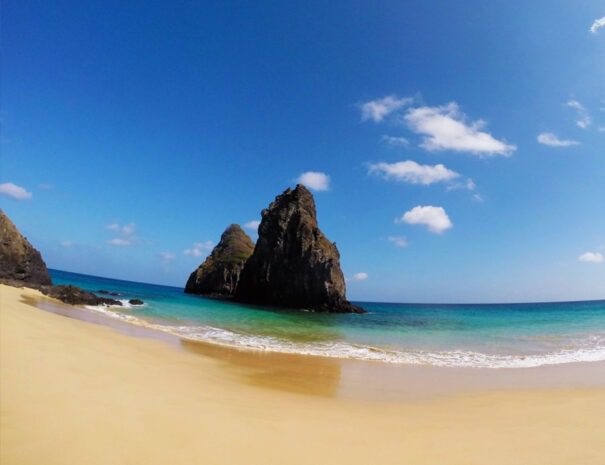
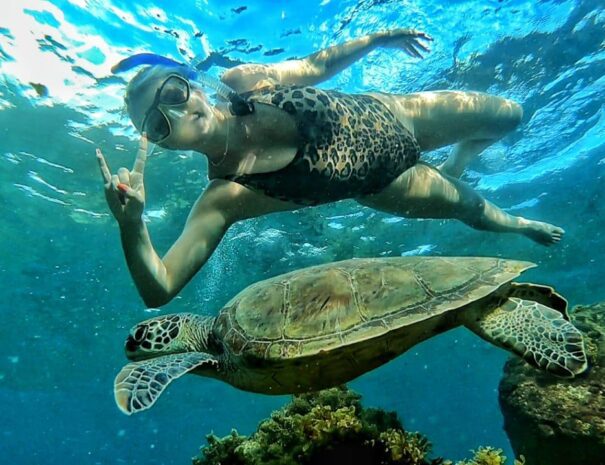
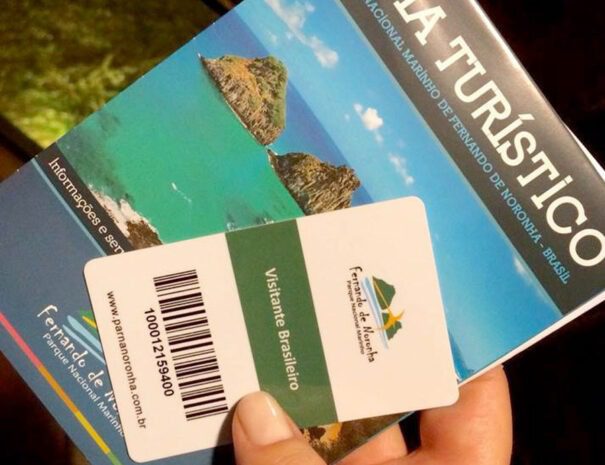
Island taxes
The Fernando de Noronha archipelago is divided into two parts: the National Marine Park and the Environmental Protection Area, which are protected by environmental laws to ensure the preservation of species. It is in the National Marine Park that you will find the beaches of Sancho, Sueste, Baia dos Golfinhos, Baia dos Porcos, Praia do Leão, Piscina da Atalaia and the trails of Golfinhos, Abreu, Capim Açu, Pontinha Pedra Alta, Forte São Joaquim, Morro São José, Ponta das Caracas and Caieira. To access the island and some of the beaches, you will need to pay some fees. To enter the island, you must pay the Environmental Preservation Fee, which varies according to your length of stay. You can pay it online here or directly at Fernando de Noronha Airport. Children under 5 do not pay. Tip: you can only enter the island if you have paid the fee! If you pay in advance, you can avoid the queues when you arrive. The National Marine Park fee is not compulsory, but if you want to visit the beaches and hike the trails that make up the park, you will need to pay for a beach access card, which is valid for up to 10 calendar days. You can also pay this fee online https://tickets.parnanoronha.com.br or in person at Praia do Sueste, Praia do Sancho or at the Visitor Center ticket office. Children under 12 and over 60 don't pay, but they need to register and get a ticket. Tip: paying in advance saves time and queuing in Noronha.
How to get there
If you're not in Fortaleza, Natal or Recife, unfortunately there are still no direct flights to Fernando de Noronha. To get to the island, all flights must make a stopover in Fortaleza (CE), Recife (PE) or Natal (RN) and the only airlines currently flying to the island are Latam, VoePass and Azul. To find out more about timetables and prices, check the airlines' official websites.
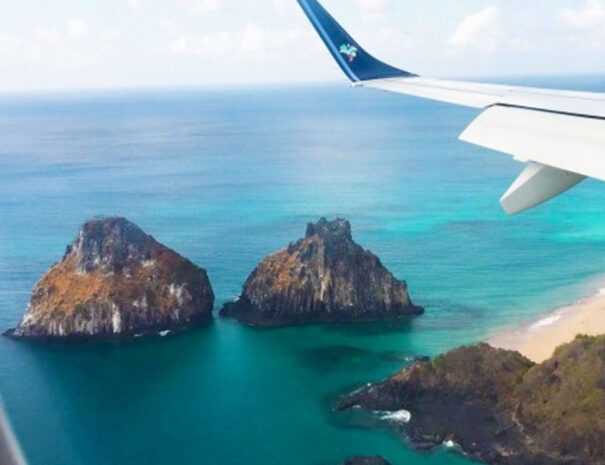
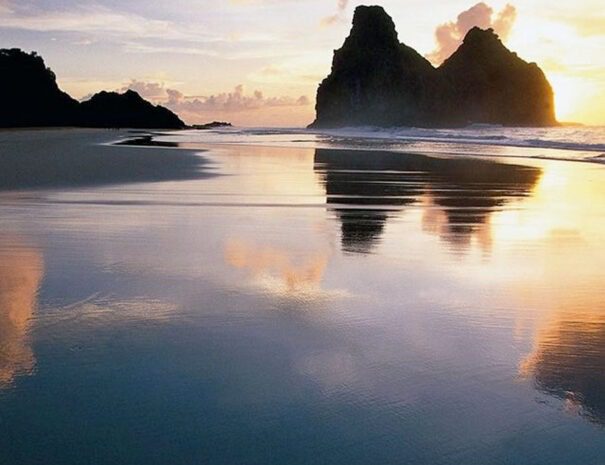
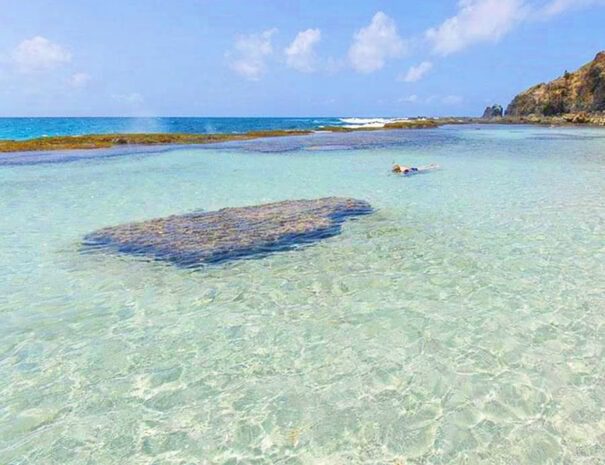
When to go - Weather in Noronha
The average temperature in Fernando de Noronha is 28ºC, with basically two seasons: a drier one, from September to March, and a rainy one, from April to August. The rainy season has sporadic showers, interspersed with intense sunshine. Choosing when to go to Noronha will depend on your availability and what you want to do. If you're looking for a calm, crystal-clear sea and natural pools, the best months to visit the island are September and October. If you want to dive, go between August and November. But if you're looking for a place to surf, the season runs from December to February, due to the winds and currents of the 'swell', which are waves formed by storms on the high seas, which come towards the coast and can form waves up to 4 meters high, making Noronha known as the "Brazilian Hawaii".
Where to stay
When choosing where to stay in Noronha, you need to consider three main points: how you will get around the island, what kind of comfort you would like in your accommodation and how much you are willing to pay. Noronha has accommodation of all kinds, from luxurious pousadas to locals' houses adapted to receive guests, so all these points will influence your choice of pousada. As in all tourist towns, accommodation prices vary in the high and low seasons. The high season in Fernando de Noronha is from December to February and from July to August, while the low season is from March to May (the rainy season) and from September to November (the dry season). In any case, you can always find good opportunities if you look in advance. The center of the island is Vila dos Remédios and next to it are Vila dos Trinta, Floresta Nova and Floresta Velha. This is where most of the inns, restaurants and stores are located and from there you can walk to enjoy the nightlife, visit more central attractions and also some beaches, without having to think about transportation. If you're staying outside this area, consider how you're going to get around the island.
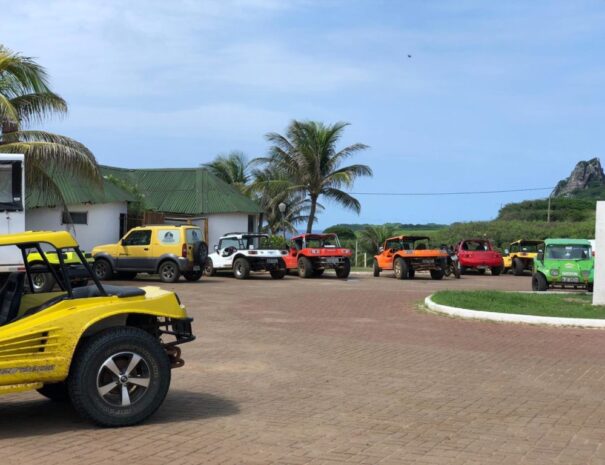
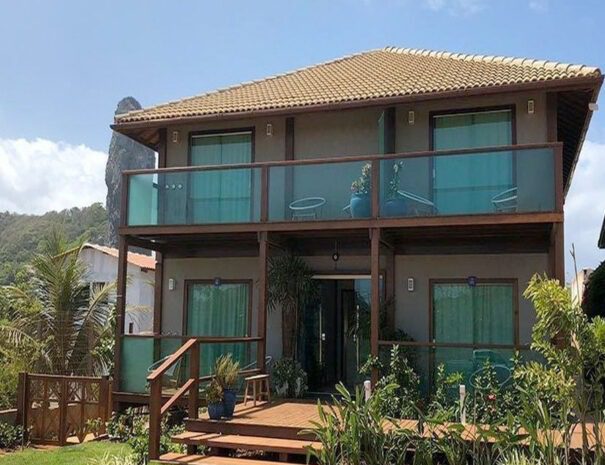
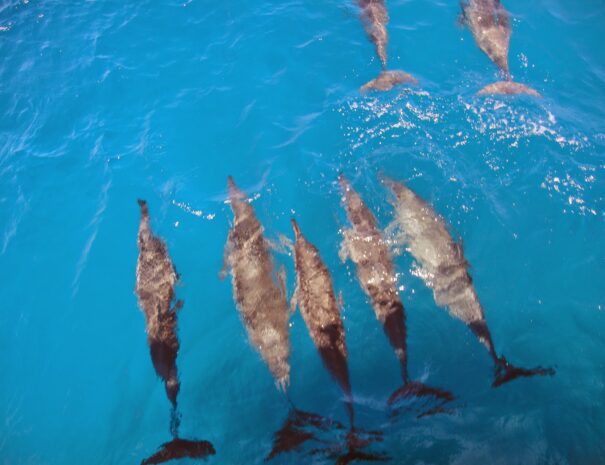
How to get around
Fernando de Noronha, despite being a small island, has beaches and attractions that will probably be located a little further away from where you are staying, so it is important to choose the ideal means of transportation for you to enjoy your trip. Most hotels/hostels offer airport/hotel/airport transfers. The same goes for some tours, which already include pick-ups from their hotels in the package. But if you prefer to have the freedom to make your own itinerary, a good option is to rent a buggy, passenger car, motorcycle or bicycle. You can also take a cab on the island or even travel by bus. Check out the options for renting a buggy, car, motorcycle or bicycle by clicking here!